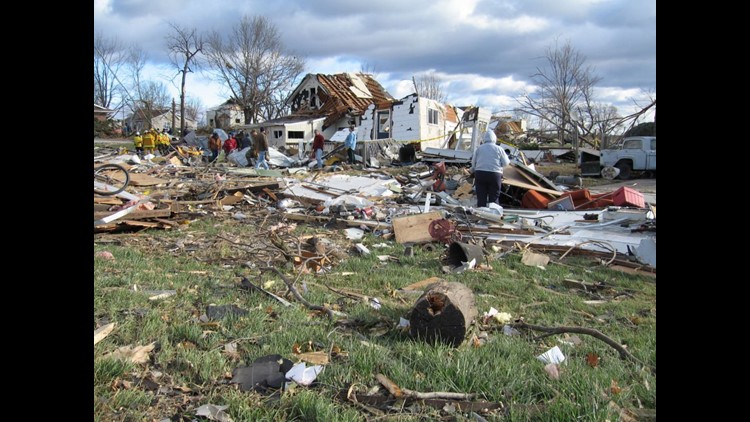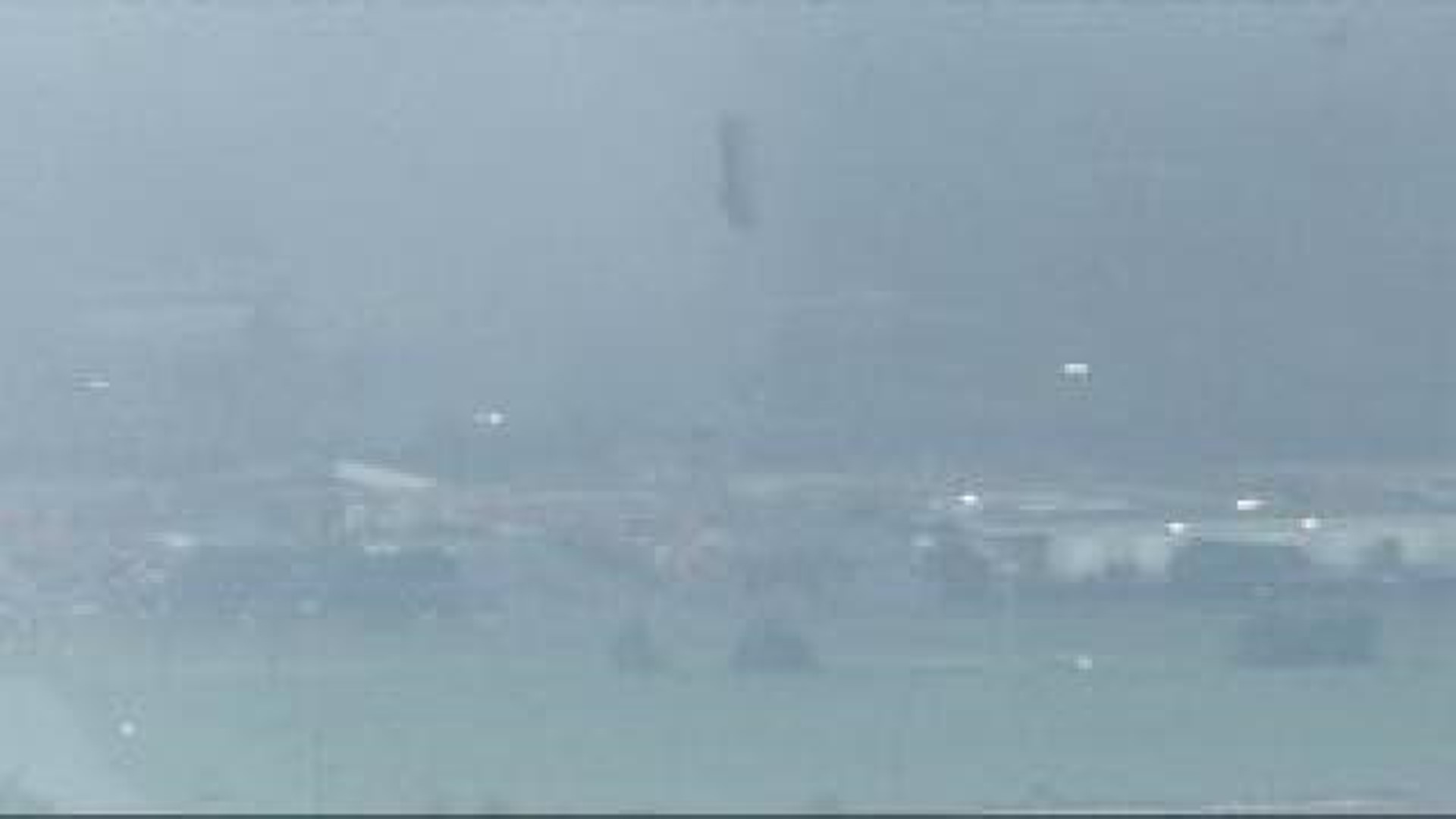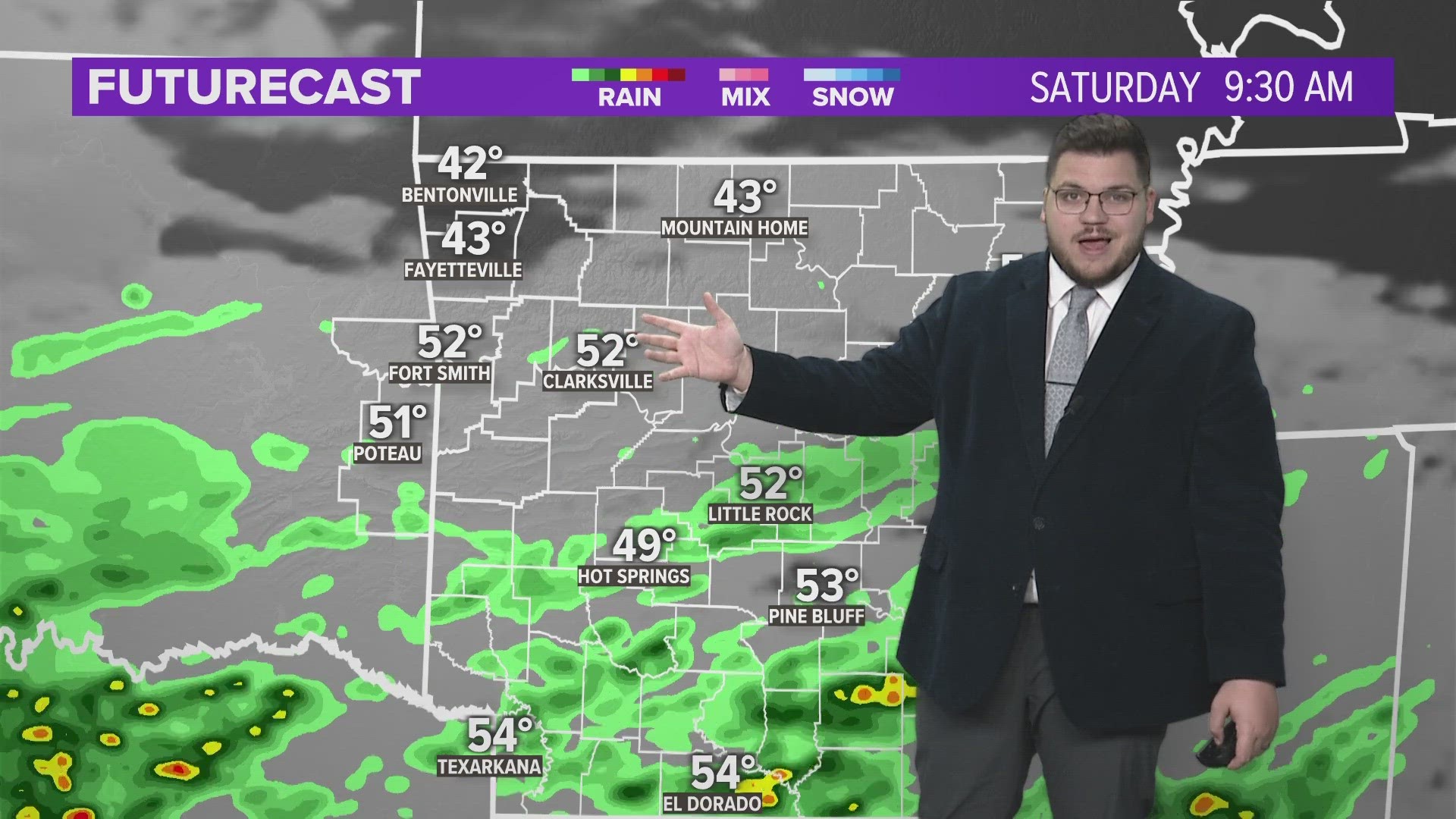Tornadoes come in all shapes and sizes and leave a wide range of damage in their path. It is important for first responders and meteorologist to recognize and categorize the strength of these storms. This is where the Enhance Fujita scale or ‘EF’ scale comes into play.
The ‘EF’ scale was unveiled in 2006 by the National Weather Service as an update to the old ‘F’ system developed by Dr. Fujita.
”Well it has it’s roots back in the late 60s and early 70s when Dr. Fujita developed the original scale and the whole idea was to try to get a way to quantify the type of strength and damage that was resulting from tornadoes. The new ‘EF’ scale, it’s just been modernized taking advantage of advances in engineering and an understanding of a little bit more on how the wind damage occurs,” says National Weather Service Meteorologist, Steve Piltz of the Tulsa office.
To determine what category a tornado falls into, a survey team from the Weather Service surveys damage left in the wake of a storm to find tell tale signs of how strong the winds were.
“We look at what happened, piece it all together not just look at the most dramatic thing but take the whole scene in and then make the assessment if this was an ef-1, ef-2, ef-3, and what the damage looks like,” says Piltz.
An ef-0 tornado has winds up to 85 miles per hour and does minor damage like broken branches. You tend to see more trees and power lines down once you reach ef-1.
Ef-2 tornadoes begin doing more damage to buildings, although more considerable damage like missing roofs and walls does not occur until ef-3 where the winds can reach 165 miles per hour.
At ef-4, well constructed buildings become leveled and at ef-5, those buildings are not only leveled but what is left is blown away with winds over 200 miles per hour.
“Those are much more rare in the history books. We start calling them strong tornadoes at ef-2 so when we start seeing 3s and 4s, it’s a pretty historic event,” says Piltz.




